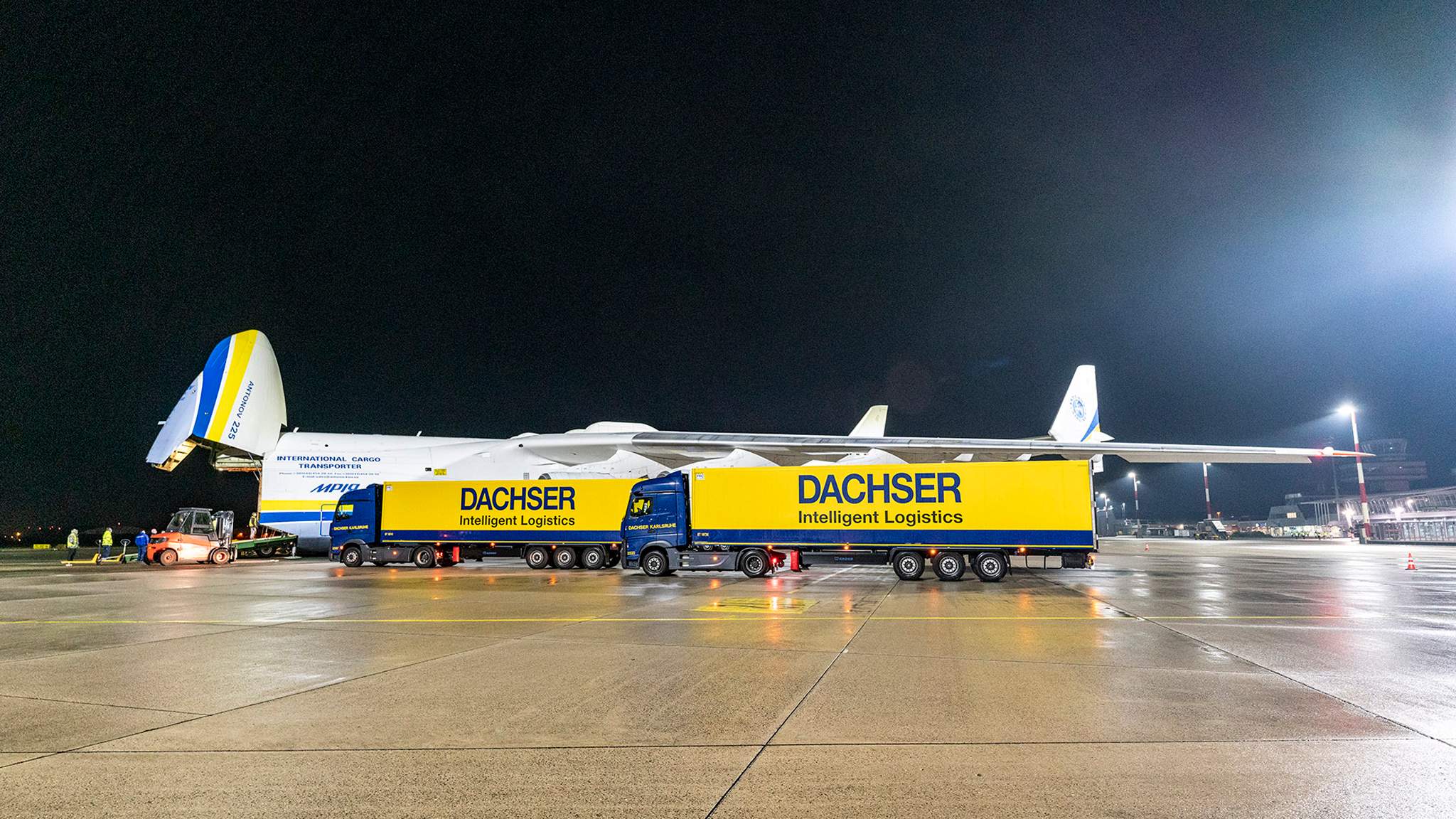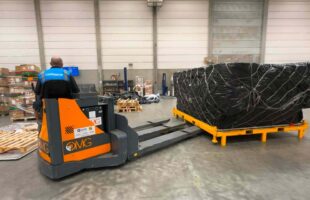

This year freight forwarder Dachser is relying on its air freight network to offer capacity on key cargo routes between Europe, Asia and the US, as travel curbs and safety measures continue to affect the flow of shipments across the globe. In this interview, Endy Chan, head of air freight air & sea logistics for Asia Pacific at Dachser shares his insights on current trends amidst the industry wide space capacity shortage.
Can you tell us more about Dachser’s air freight network in Asia Pacific? How much does air cargo contribute to the company’s top line?
Dachser Asia Pacific air freight network is robust with a wide coverage under our own branches setup plus some reliable agencies’ support. On top of our preferred and strategic airline partnership, Dachser’s air freight network consisting of regular charter connections, keeps running stably and continuously out of HKG and PVG to Germany since the COVID-19 outbreak to cope with the dynamic and challenging market situation. Also, plenty of ad-hoc charters have been scheduled every month in APAC especially in China to provide solutions to our important customers with instant demand, from PPEs to Covid test kits.
What are the key trade routes for Dachser and which industries are you primarily serving in the region?
For Dachser in Asia Pacific, the key trade lanes are Far East Westbound and Far East Eastbound between Asia Pacific and the EMEA region, particularly between China/HK and Germany. The biggest industries we are serving are various covering automobiles, electronics, fashion, sports, manufacturing and e-commerce.
In normal times, let’s say sans Covid, was there need for dedicated air cargo capacity at all times, or was it only during peaks? How has this changed to now?
In pre-COVID years, the majority demand for dedicated air cargo capacity (so called Dachser Air Charters) are mainly required in Q4 and/or before CNY during peak seasons. Now, the Dachser Air Charters program is expanded to a more long-term perspective with a stable weekly charter schedule out of HKG and PVG to Germany since COVID outbreak, in order to cater a reliable, cost-effective and large-lot of own controlled capacity on hand under overall capacity shortage market situation.
How has the lack of capacity and rising air freight rates affected the company’s strategy and business operations particularly in Asia Pacific?
The lack of capacity and rising air freight rates in general drive us to operate more Dachser Air Charters in Asia Pacific and worldwide, on top of our core allocations with key carriers. It also boosts our interlocking—seamless connectivity between DACHSER Air and Sea Logistics and the DACHSER European Logistics overland transportation network—through the European import gateway setup at Frankfurt. In this scenario, Dachser Asia Pacific air freight export cargo can be distributed efficiently and effectively via our own Frankfurt import gateway to enjoy the last mile European transportation and logistics network covering 37 countries in Europe. This kind of close integration definitely provides a high quality end-to-end solution and good experience to our end customers throughout the long supply chain.
What can you say about the recent move of major shipping lines into air cargo? Do you expect this kind of trend to continue?
No doubt, this kind of vertical expansion by major shipping lines into the air cargo industry will continue in the near future. Both ocean and air freight are facing the similar capacity crunch under continuous COVID-19 impact, therefore they pursue the strategy of owning more assets, which means more space on hand for air or sea. In the end, the end customers simply require a faster switch between ocean and air conversion than in the past, when facing the supply chain disruption which is commonly seen nowadays.
What else can we expect in 2022? What’s the next move for Dachser?
From my personal perspective, 2022 will still be a dynamic and unpredictable year for most of the time. It is highly dependent on the pandemic development and individual government quarantine/travel policy worldwide to open/close the border. Dachser in Asia Pacific will keep on monitoring the market development cautiously and reacts swiftly to the right side, at the same time aligning the long-term strategy implementation like digitization, upgrading structure and continuous air product development led and supported by the top management. Talking about 2022, speed, quality and resilience are always the key words for success.









